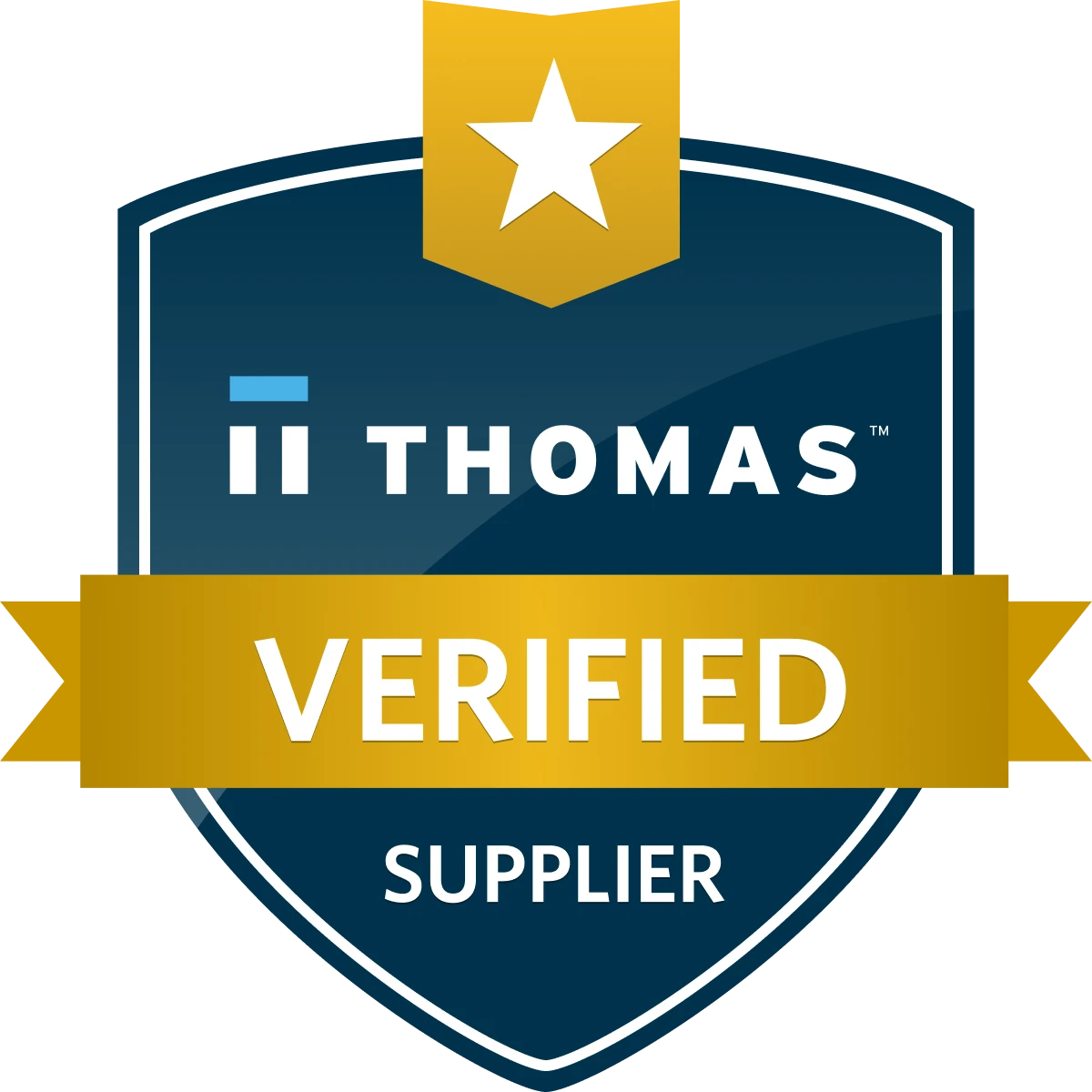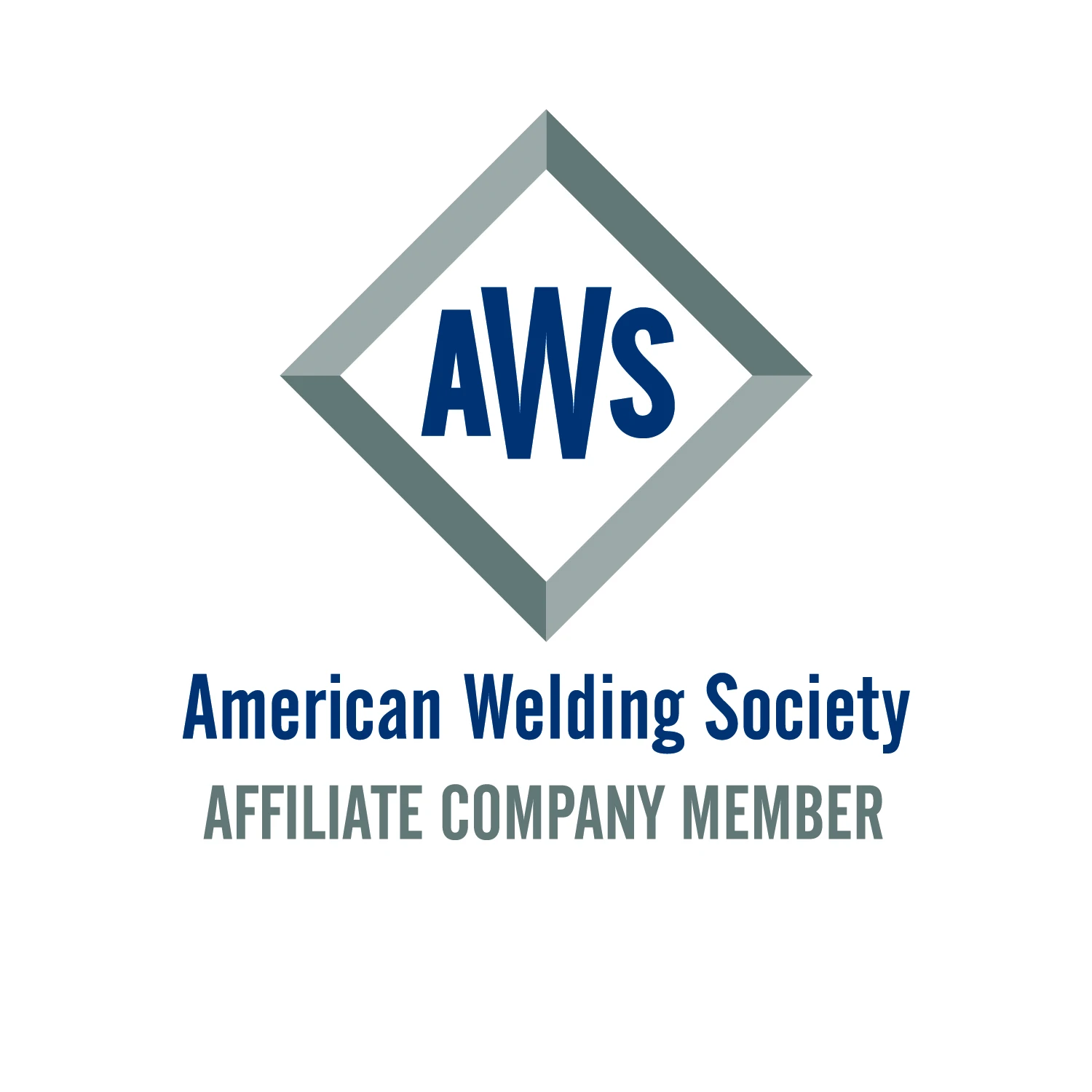The metal fabrication process can seem complicated. Here is an explanation of the different types of processes.
According to Genevieve Mills:
“Metal fabrication is a broad term referring to any process that cuts, shapes, or molds metal material into a final product. Instead of an end product being assembled from ready-made components, fabrication creates an end product from raw or semi-finished materials. There are many different fabrication manufacturing process processes and the process used depends on both the beginning metal material and the desired end product. Fabrication is used for both custom and stock products.
“Most custom metal fabricated products are crafted from a range of commonly used metals and their alloys. Some of the most popular metal types available for custom metal fabrication include aluminum, brass, copper, gold, iron, nickel, silver, magnesium, tin, titanium, and various grades of steel. Fabricators often start with stock metal components, such as sheet metal, metal rods, metal billets, and metal bars to create a new product. For example, an aluminum billet may be fabricated into a curved aluminum tube by using the extrusion process and then folding the tube.
“Specialized metal fabricators are called fab shops. Contractors, equipment manufacturers, and resellers have metal fabricators work on a variety of projects for them. Often metal fabricators bid on jobs by submitting drawings, and if they are awarded the contract, they build the project. Once a contract has been awarded, metal fabricators begin the planning stages. This involves ordering the correct materials and having a manufacturing engineer program CNC machines for the project. Some of the work may be sub-contracted out depending on the size and specialized needs of the project. Many metal fabricators specialize in specific processes or metals. Fab shops may use multiple fabrication processes to create a final product. They may also provide finishing services such as deburring, polishing, coating, and painting, to the product. Finishing differs from fabricating in that finishing is a secondary process to treat the exterior of the product, not to shape it or to create a new product.
“This article gives an overview of some of the more common fabrication methods and considerations when choosing the right fabricator for a project.
“Metal Fabrication – Types of Fabrication
Choosing a fabrication method suited to a given project depends on part geometry, the product’s intended purpose, and the materials used in crafting it. Common custom metal fabrication processes are as follows:
“Casting is when molten metal is poured a mold or die and allowed to cool and harden into the desired shape. The process is ideal for mass-production of parts with the reuse of the same mold to create identical products. There are several different types of casting. Die-casting is when liquid metal is forced into a die instead of a mold, and there the applied pressure keeps it in place until it hardens. This process is known for the high-speed applications it supports. Permanent mold casting involves pouring the molten metal into a mold.
“There are a variety of types of casting processes. In some cases, a vacuum is also used in this process. Permanent mold casting can create stronger castings than die casting, but they can be difficult to remove from the final product. For this reason, semi-permanent mold castings are also available. These molds have expendable cores, making them more manageable and less costly to remove. The final casting process is sand casting. With sand casting, castings are made by pressing a pattern into a fine mixture of sand. This forms a mold for the molten metal to be poured into. This process is slow but is generally more economical than the other forms of casting. It is also good to use when intricate designs are needed, or for large metal fabrication.
“Cutting
“This very common type of fabrication is the cutting of a metal workpiece to split it into smaller sections. While sawing is the oldest method of cutting, modern methods include laser cutting, waterjet cutting, power scissors, and plasma arc cutting. There are many different methods of cutting, from manual and power tools to computer numerical computer (CNC) cutters. Cutting may be the first stage in a longer fabrication process or the only process used.
“Die cutting is another cutting process that uses a die to slice metal. Rotary die cutting uses a spinning cylindrical die to cut the material fed that is fed through a press. Flatbed die cutting is used on thicker metal materials and uses a dies on a press to cut out shapes when the die stamps down on the metal.
“Drawing
“Drawing uses tensile force to pull metal into and through a tapered die. The die stretches the metal into a thinner shape. Usually drawing is performed at room temperature, and is called cold drawing, but the metal workpiece can be heated in order to reduce the required force.
“This process is considered deep drawing when the end product has a depth that is equal to or greater than its radius. It is usually used with sheet metal fabrication to turn sheets of metal into hollow cylindrical or box-shaped vessels.
“Folding
“Metal is manipulated to bend at an angle. The most common means is with a brake press that creates creases in the metal by pinching it. The workpiece is held between a punch and a die and forced to crease with pressure from the punch. This process is usually used to shape sheet metal. Folding can also be done by hammering the metal until it bends, or by using a folding machine, also known as a folder. The machine has a flat surface where the sheet metal is placed, a clamping bar the holds the workpiece in place, and a front panel that lifts upwards and forces the metal extended over it to bend.
“Forging
“Forging uses compressive force to shape metal. A hammer or die strikes the metal workpiece until the desired shape is formed. This process can be done with the metal at room temperature and is called cold forging. Forging can also be performed with the metal heated to a range of above room temperature to below the recrystallization temperature and is then called warm forging. When the metal is heated to its recrystallization temperature, which varies by metal, the process is called hot forging. Forging is one of the oldest types of fabrication, with blacksmiths using forging centuries ago.
“Extrusion
“In the extrusion process, the workpiece is forced through or around an open or closed die. When forced through an open or closed die, the diameter of the workpiece is reduced to the cross-section of the die. When pressed around a die, a cavity is formed within the workpiece. Both of these processes generally use a metal slug or cylinder (a billet) as the workpiece, and a ram to perform the impact operation. The resulting cylindrical item product is often wiring or piping. The die cross-section can have different shapes to produce differently shaped parts. Extrusion can be continuous to create very long pieces, or semi-continuous in order to create many shorter pieces.
“Also called cold extrusion, impact extrusion is performed at room temperature and increases the strength of the part, making it stronger than the original material. When enough force is applied to the appropriate metal, it starts to flow into the available shape, much like the movement of viscous liquid. Cold extrusion is commonly used for steel fabrication.
“Hot extrusion is performed at an increased temperature, to keep the metal from hardening and to make it easier to push through the die. It’s usually used for copper fabrication, as well to create custom aluminum parts.
“Machining
“Machining refers to the process of shaping metal by removing the unwanted material from it. This process can be performed in a variety of ways. There are many different machining processes, including drilling, turning, and milling.
“Drilling uses a rotary cutting tool, the drill bit, to cut a hole in the material. The drill bit presses against the metal while being rotated very quickly in order to create a circular hole.
“Turning uses a lathe to rotate the metal while a cutting tool moves in a linear motion to remove metal along the diameter, creating a cylindrical shape. The cutting tool can be angled differently to create different shapes. It can be done manually or with a CNC turning machine. CNC machining is generally used when part measurements must be extremely precise.
“Milling uses rotating multi-point cutting tools to progressively remove material from the workpiece until the desired shape is achieved. The metal is slowly fed into the rotating cutting tool, or the tool is moved across the stationary metal, or both the workpiece and the tool are moved in relation to each other. This process can be done manually or with a CNC milling machine. Milling is often a secondary or finishing process, but it can be used as the sole method of fabrication from start to finish. The different types of milling include face milling, plain milling, angular milling, climb milling, and form milling.
“Punching
“Uniquely shaped turrets on a punch press hit the metal through or into a die to create holes. The end product can either be the piece of metal with holes for fastening purposes, or it can be the now removed, and shaped metal pieces called the blanking. Most punch presses are mechanical but smaller and simpler punches can be hand-powered. CNC punch presses are also now common and are used for both heavy and light metal work.
“Shearing
“One long, straight cut is achieved by combining two tools, with one of the tools above the metal and other one located below for applying pressure. The upper blade forces the metal down onto the stationary lower blade and fractures it. The fracture then spreads inward for complete separation. The sheared edges are usually burred. It is ideal for cutting smaller lengths and differently shaped materials since the blades can be mounted at angles to reduce the required force.
“Stamping
“This process is similar to punching, except the press doesn’t create a hole in the metal, but an indentation. The turret doesn’t completely force the metal through the die, but only raises it. Stamping is used to form shapes, letters, or images in a metal panel or sheet. Mechanical and hydraulic are the two types of stamping presses. Metal stamping machines cast, punch, cut and shape metal sheets. Sheets of up to 1/4 inch thickness are molded into specified shapes and sizes. The presses used for metal stampings can create a wide range of products, and they can perform a series of operations including blanking, metal coining, and four slide forming. Metal coining (as the title implies) can be used to create coins, but it has other uses as well, such as parts for electronics. Four slide forming incorporates a variety of stamping and forming processes to create more complex products, and it is particularly effective for smaller parts.
“Welding
“With welding, two or more pieces of metal are joined together, through a combination of heat and pressure. This is a popular process because the pieces of metal can be any shape or size. Four of the popular types of welding procedures are Stick or Arc Welding, MIG Welding, TIG Welding, and Flux Cored Arc Welding.
“Stick welding, also known as Shielded Metal Arc Welding (SMAW), uses an electrode stick that produces an electric current that forms an electric arc when in contact with metal. The high temperature of the arc welds the metal.
“Metal Inert Gas Welding (MIG), or Gas Metal Arc Welding (GMAW), uses an externally supplied gas along with a continuous solid wire electrode to shield the metal from reacting to environmental factors so that welding is faster and continuous. The shielding gas also creates less welding fumes.
“Tungsten Inert Gas Welding (TIG), also called Gas Tungsten Arc Welding, uses a tungsten electrode rod that creates a short arc to weld heavier metals, for heavy fabrication. This method requires a highly skilled welder, as the process is more difficult, but can it be used on most metals and for complex projects.
“Flux Cored Arc Welding (FCAW) has a similar process and equipment as MIG welding. The wire electrode used contains a core that produces shielding gas, so a secondary gas source is not needed. This method is more portable than MIG or Stick welding but can’t be used on thinner metals.
“Choosing a Fabricator
“Choosing a custom metal fabrication shop or custom metal manufacturer that will best fulfill a project’s needs is an important decision that can affect the manufacturing rate, production quality, and cost-effectiveness of a given project. To help in the selection process, here are some considerations:
“Experience: Custom fabricators that have been operating for a long time or have a well-established record of providing good service may present obvious reasons for choosing a shop.
“Industries served: It can be helpful to note which industries a shop normally services, as well as the sorts of products or processes it specifically focuses on, as they’ll be better suited to fulfill specific industry requirements. It is also important to learn about the fabricator’s experience with the type of metal needed for the project. Some fab shops specialize in one or two types of metal fabrication. If you already know the best metal for the project is aluminum, look for a specialized aluminum fabricator.
“Resources: CNC machines may be the best option for a finely-detailed project, but manual machines may better suit a project with a tight budget. The size of the machinery makes a difference if the end product is oversized. The tooling capacity of a custom fabrication shop can be important influences on its capabilities and the quality of its metal products. Is precision fabrication required? Precision sheet metal fabrication relies heavily upon rapidly evolving computer technology. Many companies who specialize in precision fabrication use CAD/CAM software to design and layout the products to be manufactured. CNC computers are programmed to perform the specific tasks and achieve the incredibly exact specifications required to manufacture many products. CNC machines have gained enormous popularity for their ability to be precise and reduce the cost of labor. Many companies that specialize in precision fabrication will both design and manufacture the finished product.
“Production type: The size of a production run, whether short- or long-term and low- or high-volume, should be one of the central considerations in choosing an adequate custom fabrication service.
“Stock materials: Finally, it is important to ensure that a fabricator either already has or can form the specific metal that will be used for a product. If they have a specific metal supplier they use, it is also worth looking into the supplier’s reputation. A specialized stainless steel fabrication shop may work with the same steel supplier for a long period of time.
“Metal Fabrication – A Summary
“This guide provides a basic understanding of metal fabrication, the different methods, and considerations for choosing a fabricator. For more information on related services consult our other product guides or visit the Thomas Supplier Discovery Platform to locate potential sources or view details on specific products.”






